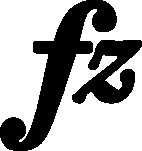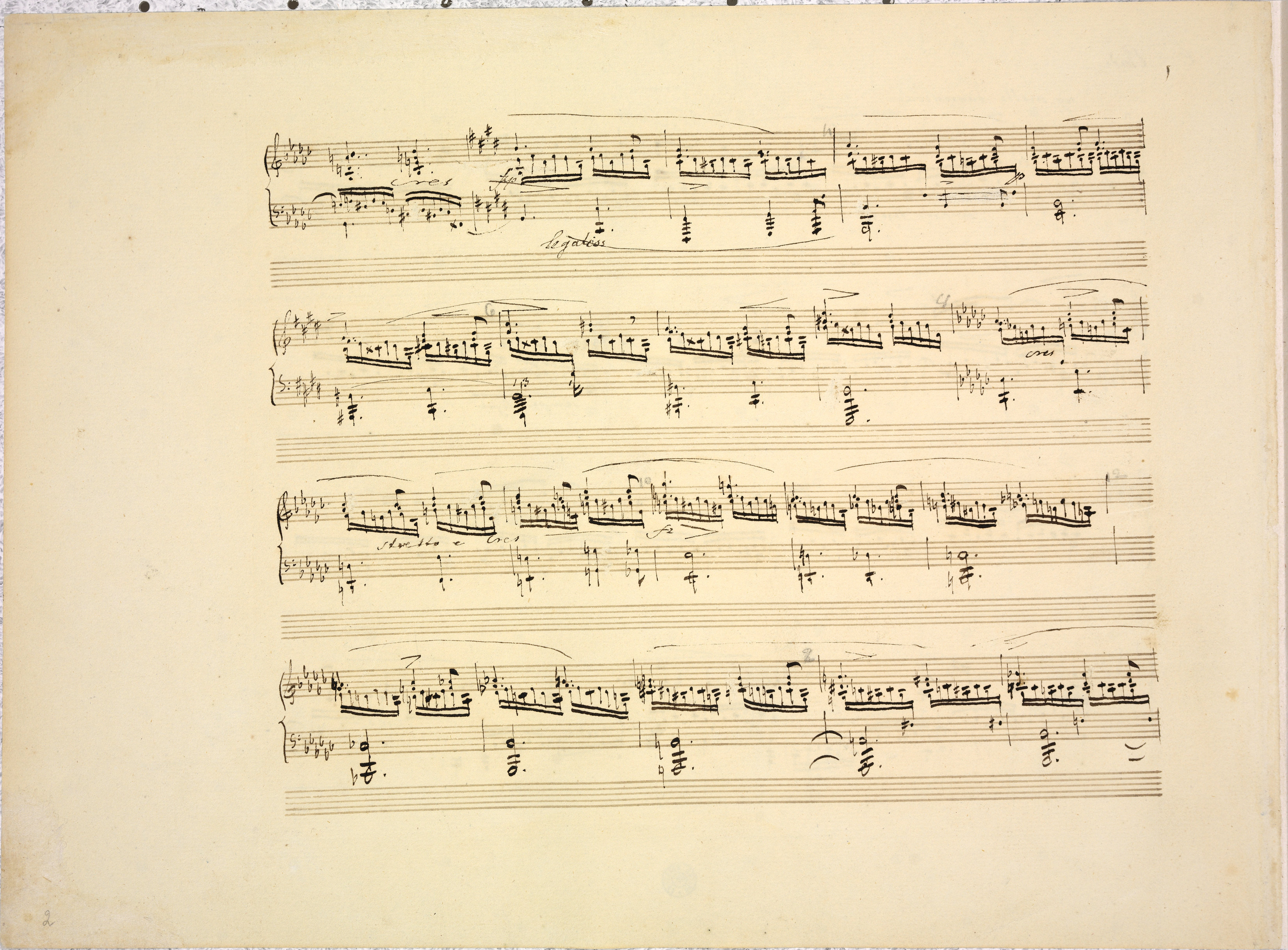



Two signs written in these bars in A ( ?, an accent?), as well as the accent in bar 23 raise a number of doubts, as far as their meaning, form and placement is concerned. Moreover, it is not certain whether Chopin at all renounced them in the final version of the Etude, as none of them was included in FE (→GE,EE). The least problematic sign is the one in bar 22 – it is rather a typical long accent concerning the dissonant chord of a relatively long resounding. Due to these reasons we adopt it in the main text, considering its omission in the editions as a result of distraction.
?, an accent?), as well as the accent in bar 23 raise a number of doubts, as far as their meaning, form and placement is concerned. Moreover, it is not certain whether Chopin at all renounced them in the final version of the Etude, as none of them was included in FE (→GE,EE). The least problematic sign is the one in bar 22 – it is rather a typical long accent concerning the dissonant chord of a relatively long resounding. Due to these reasons we adopt it in the main text, considering its omission in the editions as a result of distraction.
All three signs are similar in their shape, yet they clearly differ in their size: the sign in bar 21 is almost three times bigger than the accent in bar 22, which, in turn, is two times bigger than the sign in bar 23. Therefore, if we consider the shape as the decisive factor, we could interpret all the signs the same, as long accents. On the other hand, if we pay greater attention to the size of the signs, we will receive  , long accent and common accent respectively.
, long accent and common accent respectively.
The sign in bar 21, interpreted as an accent generally doubles the 
 indication, yet if we interpret it as
indication, yet if we interpret it as  , it may be even regarded as contrary to this hint, which requires immediate, and not gradual, attenuation (certainly diminuendo could indicate a subsequent attenuation from
, it may be even regarded as contrary to this hint, which requires immediate, and not gradual, attenuation (certainly diminuendo could indicate a subsequent attenuation from  downwards on the dynamic scale). Taking into account the aforementioned ambiguities, in the main text we leave the version of the base source (FE) without additions.
downwards on the dynamic scale). Taking into account the aforementioned ambiguities, in the main text we leave the version of the base source (FE) without additions.
The sign in bar 23 interpreted as a long accent would be compatible with the part of the R.H. and as a short one – with the left (cf. the Etude in E major, No. 3, bars 1-2). In the main text we are in favour of the first interpretation.
Compare the passage in the sources »
category imprint: Interpretations within context; Differences between sources
issues: Long accents, Inaccuracies in FE
notation: Articulation, Accents, Hairpins





